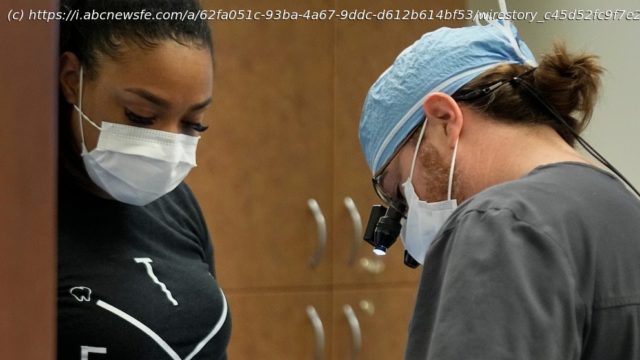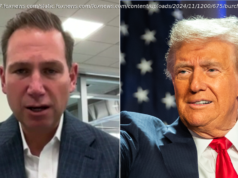A growing number of states are offering dental care to low-income adults who once had to rely on charity or the emergency room to treat their tooth problems
For months, Carlton Clemons endured crippling pain from a rotting wisdom tooth. He couldn’t sleep, barely ate and relied on painkillers to get by.
The 67-year-old from Nashville, Tennessee, could not afford to see a dentist on the $1,300-a-month his family gets in Social Security and disability payments. So he waited for the state to roll out a program this year that offers dental care to the more than 650,000 Medicaid recipients like him who are 21 and older. Tennessee is spending about $75 million annually on the program.
“Man, I thought I had made it heaven because the pain was over,” he said after the tooth was pulled in July at the Meharry Medical College School of Dentistry. “When they did pull it out, I was so happy. I was so glad. Everything just changed after that.”
His wife, Cindy, who also is on Medicaid, has had her teeth pulled at the clinic.
Medicaid, the federal and state health insurance program for the poor, requires states to provide dental coverage for children but not adults. But with a growing recognition of the economic and health costs of poor dental health and an influx of federal pandemic dollars, six states began or expanded their Medicaid programs this year to provide coverage for adults.
Access remains difficult in many of those states with some dentists refusing to treat Medicaid patients. Even those who want to expand their practice are finding themselves caught up in red tape.
Dr. Victor Wu, the chief medical officer for Tennessee’s Medicaid program, said he was pleased with the rollout of Medicaid dental benefits that started in January, but he acknowledges the state needs to build out its network and increase the participation rate among dentists.
While dental care often is seen as routine, the poor often go without any care for years or even decades. Doing so has significant costs, both to taxpayers and to those who cannot afford treatment.
One study from Texas A & M University found that treatment for preventable dental conditions represents up to 2.5% of emergency room visits, at a cost of $2 billion a year. An additional $45 billion is lost year in productivity in the United States annually from untreated oral disease, according to the federal Centers for Disease Control and Prevention.
“You put off care and you get sicker and then it becomes a crisis where you’re missing work or you end up going to the emergency department where you get a big bill and you don’t get the tooth actually taken care of,” said Dr. Rhonda Switzer-Nadasdi, the chief executive officer of Interfaith Dental Clinic which has offices in Nashville and Murfreesboro, Tennessee.
“You need good teeth to have good employment,” Switzer-Nadasdi said.
Start
United States
USA — mix Many states are expanding their Medicaid programs to provide dental care






